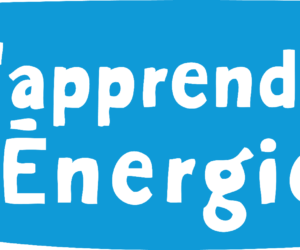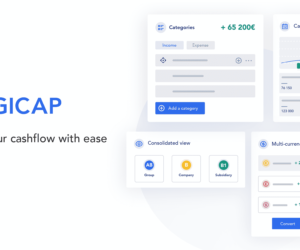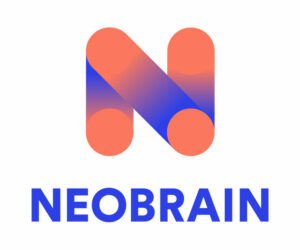Cost control and an efficient product launch: this is exactly what was expected by Nicolas, the founder of an EdTech start-up, when he called upon the services of an IT freelancer for the first time. The two of us met during a meetup I was hosting, and it was not long before he was telling me about his unfortunate first client experience with a freelancer.

His story echoed others shared by ex-clients. Although he was not the first and will not be the last to fall victim to a bad freelancer, I felt that sharing his experience could serve as a cautionary tale for others.
The reason for this failure? Not knowing how to tell the freelancer early enough that they were not the right person for the project, and getting embroiled in a toxic collaboration.
Nicolas needed a freelance coder to develop his e-learning platform – a routine request in the IT sector. With a clear idea in mind, he had covered all the angles and left nothing to chance. All he needed was someone to bring the project to life.
He launches the recruitment process by himself. Based on their portfolios and experience, he interviews a handful of candidates and, before long, he has made his choice.
The top candidate is confident and has already presented a detailed road map, together with a long list of formal qualifications that have the desired effect. Nicolas has a good feeling about this freelancer, as everything suggests they are right for the job. It only takes a few days to sign the contract and start the project.
Despite their apparent qualifications (degrees, portfolios, etc.), choosing between candidates in an unfamiliar field is still a complicated affair. How do you evaluate their expertise and soft skills effectively? It is difficult to gauge these skills and qualities without the necessary tools and understanding.
The first deliveries go smoothly and reassure Nicolas that he has made the right choice. He likes what he sees, it all works well, and the project is on schedule. However, the first cracks soon start to appear, transforming an ideal working relationship into a nightmare for Nicolas.
A day’s wait for a late delivery gradually turns into weeks, and then months. Nicolas tries to get hold of his freelancer, first to find out and try to understand the reasons for the delay, and eventually to shake things up a bit.
What should he have noticed from the moment there was an unexplained delay? Perhaps the signs of a person who is disorganized, who shies away when they are in over their head and, as a result, who neglects the client relationship. Being in charge of a development team, I have often found that people who come up against obstacles in their work will keep these issues to themselves, rather than having the courage to say “I’ve got a problem” or “I need help.”
As well as being delayed, the quality of the deliverables starts to go down, with specs half-ignored or functionality that disappears from one day to the next. The confidence that Nicolas – who is ever the optimist – has in his freelancer is wearing thinner by the day.
One morning, it completely evaporates when he gets an email from his freelancer. What he takes to be a positive sign (finally some news) gives way to a reality check: an invoice for the changes he requested. Given his inexperience, this “detail” could easily have been mentioned to Nicolas in advance and explained in rather more depth.
Faced with this catalog of failures, should he make yet another payment, or seek a more radical solution to restore equity in this relationship?
Nicolas decided to pay this one final invoice, take the work produced so far and put an end to his collaboration with the freelancer. It took months to redesign his product, identify his mistakes and reflect on each stage of the experience in order to analyze where it went wrong and learn valuable lessons for the future.
What Lessons Did He Learn?
The first is to build a relationship of trust based on regular evidence. In terms of soft skills, it might be attending a meeting on time or else informing the client beforehand. When it comes to expertise, it might be regular deliveries or ongoing meetings to discuss the advancement of the project.
The second is to plan ahead. Plan ahead in case you have the wrong idea and it does not end up working. Plan ahead in case you have hired the wrong freelancer. In such a scenario, how are you going to protect yourself and your product?
The third is to perform a “post-mortem” analysis of your experiences, including any failures, and figure out what these can teach you, and knowing how to surround yourself with the right people.
Of course, I would be loath to tarnish all freelancers with the same brush, as many prove themselves to be consummate professionals – regardless of their experience. Nor do I wish to deter those who are contemplating the recruitment of freelancers to support their business: this type of client experience remains in the minority and, in most cases, the first and successive collaborations go smoothly.
While working with freelancers is hugely beneficial for companies, this client experience reminds us that, without the necessary experience, hiring freelancers can be even more complicated than traditional recruitment.









